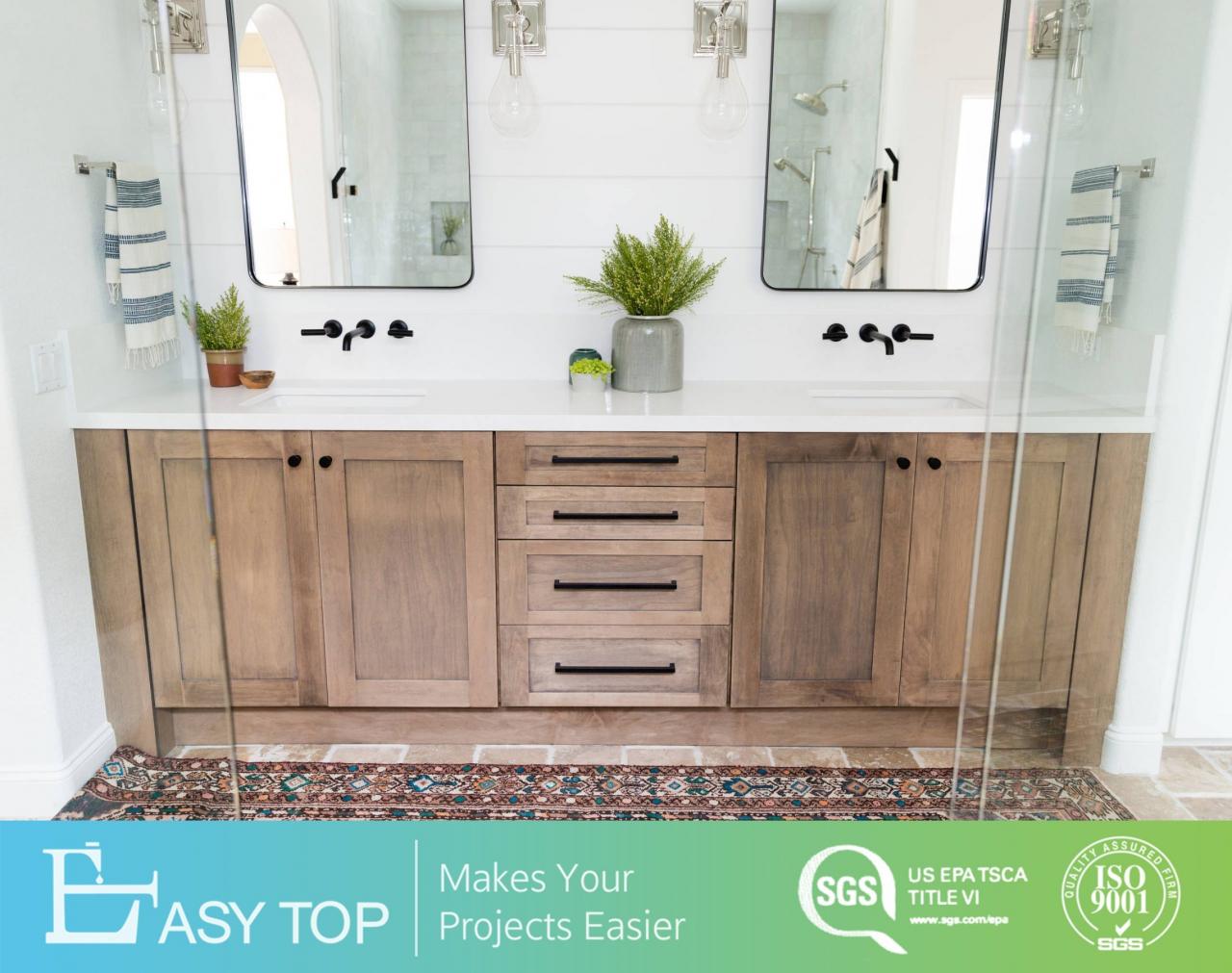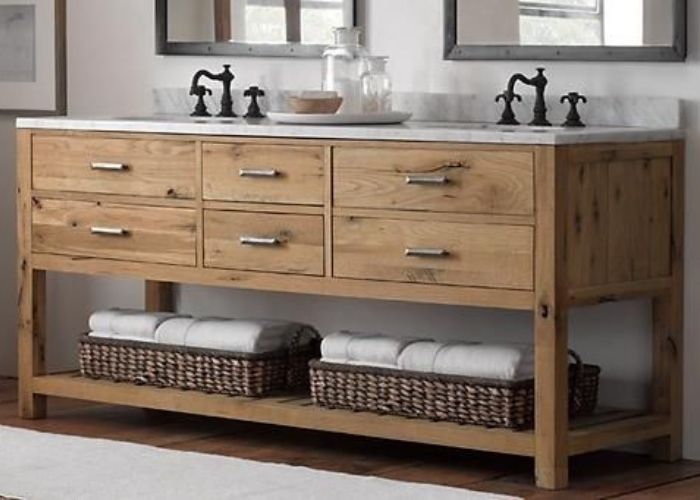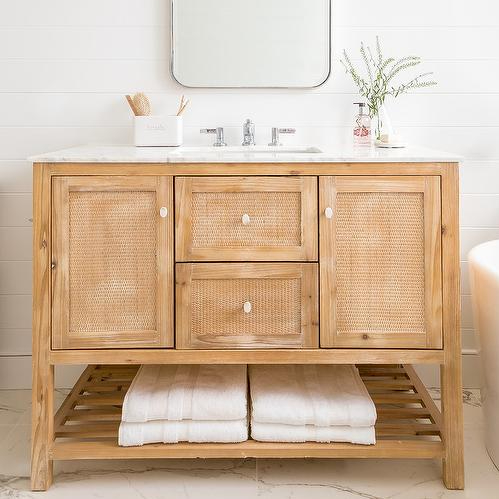Wood For Bathroom Cabinets
The appeal comes from the multi-functionality of theirs, first acting as a door to the cabinet of yours however acting as a mirror that could significantly help any morning regime. The design and size of your bathroom will be factors which are important in your choice of cabinetry.
Images Related to Wood For Bathroom Cabinets
Wood For Bathroom Cabinets

Having messy electric toothbrush or shaver wires on show in the bathroom can create an immediately cluttered appearance to the bathroom but luckily one popular cabinetry design is having these devices easily tidied at bay with cabinets including shaver sockets. There are tons of home and garden sites that will assist you.
23 Gorgeous Bathroom Cabinet Ideas for Any Style
While still having that useful internal storage area to tidy away disorder, these cabinets have a number of shelves outside the device to home some decorative things like flowers and candles – a welcome change to the lifeless look of some simple cabinets. Most likely the most widely used option of doorstep for bathroom cabinets is doors which happen to have mirrored fronts.
Beautiful Bathroom Vanity Design Ideas
23 Gorgeous Bathroom Cabinet Ideas for Any Style
Aquatica Millennium-Wht Stone u0026 Oak Wood Bathroom Vanity
2020 new bathroom furnitures solid wood bathroom vanity solid timber bathroom cabinets SV218
16 Best Bathroom Vanity Stores – Where to Buy Bathroom Vanities
9 Best Wood for Bathroom Vanity u0026 Cabinet [Mar 2022]
8 Natural Wood Bathroom Vanities for Inspiration – The Coastal Oak
Light Wood Bath Cabinets With Cane Cabinet Doors – Buy Bathroom
Aquatica Millennium-Blck 150 Stone And Wood Bathroom Vanity
8 Natural Wood Bathroom Vanities for Inspiration – The Coastal Oak
Hot Trend 2021: Warm Wood Vanities – Metropolitan Cabinets
29.9″ W x 18.8″ D x 33.3″ H Single Sinks AccommodatedBathroom Vanity
Related articles:
- Wooden Bathroom Cabinets Freestanding
- Small Wooden Bathroom Cabinet
- Walnut Corner Bathroom Cabinet
- White Bathroom Cabinet With Drawers
- Black Gloss Tall Bathroom Cabinet
- Bathroom Cabinets Recessed
- Slimline Floor Standing Bathroom Cabinets
- Mid Century Modern Bathroom Cabinet
- White High Gloss Freestanding Bathroom Cabinet
- White Victorian Bathroom Cabinets
:max_bytes(150000):strip_icc()/erinwilliamsondesign-1-1dcfa7e5ebd34c138bbe7816d1a39ad3.jpg)
/the-bathroom-in-the-bathroom--the-white-cabinet-with-white-clean-towels--green-plants-on-the-counter--and-glass-windows-next-to-it-1074837498-c9ad60c11c4f492b892b5c59d441c813.jpg)
:max_bytes(150000):strip_icc()/Chelius-House-of-Design-Bathroom-White-Oak-Vanity-Freestanding-Tub-8b023464f40d4c29a9f6f05c8f0c5a5a.jpg)









